Once Upon a Time in Vietnam gathers 38 research works, typical articles in French and 60 rich pictures about the land and people of Annam.
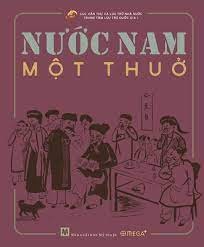 |
| 'Once Upon a Time in Vietnam' preserves Vietnamese historical and cultural values |
Works and articles published in Indochina Magazine, Far Asia Magazine, Indochina Weekly, and Vietnam People Magazine published from 1894 to 1948 were selected and translated into Vietnamese by National Archives Center I.
The book belongs to the History - Culture Bookcase, a cooperation project between Omega Plus and National Archives Center I.
Thematic groups among the 38 research articles in the book include:
Tet customs: The first day of the New Year of the Annamese; Parallel sentences; The words Phuc and Tho.
Rituals and customs: Ancestor worship and the power of the father in Annamese society; Feng Shui in the life of Annamese people; Annamese astrology, especially its military applications; Groundbreaking Ceremony; An important custom in weddings: checking the ages of the bride and groom; Coronation ceremony of King Thieu Tri.
Cultural characteristics: Eating and drinking in Annamese social classes; Betel chewing custom; Kites flying of Annamese people; Cockfighting, cricket fighting; Doctors at the Annamese court: Imperial Medical Institute; Annamese language and writing; Annamese Literature Prize in 1943.
Cultural features of regions and areas: The cry in Saigon; Thi Huong; Tam Dao; Sa Pa; Bach Ma; Ba Na; Ba Vi; Vung Tau; Phu Quoc Island; Do Son; Bach Long Vi Island; Ho Dynasty Citadel; Hanoi Citadel; Saigon Notre Dame Cathedral; Khai Dinh Museum in Hue.
Cultural and historical celebrities: Left General Le Van Duyet; Famous General Vo Tanh, who defended Quy Nhon citadel; High-ranking mandarin Phan Thanh Gian; Outstanding patriot Nguyen Truong To.
Other topics: Tactics of the Chinese Emperor (Qin Shi Huang, 246 BC); The opening of air travel in Indochina; Mountain resorts in Indochina.
The authors of these articles are French and Vietnamese scholars, scientists, and officials such as: Louis Bezacier, Gustave Dumoutier, Cerutti, Henry Bontoux, G. Taboulet, G.Tucat, Ngo Quy Son, Nguyen Van Vinh, Nguyen Xuan Chu...
They have researched and presented quite sophisticated arguments about the fields of history, culture, education, lands, relics, and historical figures of Vietnam during the French colonial period.
The publication primarily exploits quality essays hidden in archival records, including periodicals issued from 1948 onwards.
The articles are selected, arranged and systematized by topic and chronological order. Each article has illustrations, clearly stating the author, search code and year. For articles without images, the Editorial Board has collected and added images and clearly stated the source to make the book more vivid.
For street and road names in Hanoi and Saigon, the publisher kept the original French names and added the current equivalent names.
The translation team encountered many difficulties during the process. Some translations from Chinese and Nom characters contain many abstract and difficult-to-understand concepts and do not have equivalent sentences or words in French.
Many historical events and stories are so far from the present day that after two translations, it is difficult to verify whether the event is true or false. The author, who is also the translator of Han - Nom, only briefly translates the meaning, such as the Thi Huong poem or the Cau Doi poem.
In addition, some place names or people's names were written incorrectly by the French author, or without accents (in Vietnamese), causing many difficulties for the translator.
In all of the above cases, the translator, proofreader, and editor analyzed and approved possible translation solutions: translating ideas, sentences, or translating each word so that it is close to the meaning, acceptable to readers, and easy to understand.
"With the function of an archive managing the richest historical documents related to the colonial period, the Center's editors have researched, collected, and translated, in accordance with the principle of "filtering out the muddy to bring out the clear".
From there, they introduce to today's readers the knowledge and arguments of the authors, the issues of contemporary Vietnamese cultural and social life, including ancient traditions that are still present in contemporary life," commented historian Duong Trung Quoc.
Source


![[Photo] "Beauties" participate in the parade rehearsal at Bien Hoa airport](https://vstatic.vietnam.vn/vietnam/resource/IMAGE/2025/4/11/155502af3384431e918de0e2e585d13a)
![[Photo] Looking back at the impressive moments of the Vietnamese rescue team in Myanmar](https://vstatic.vietnam.vn/vietnam/resource/IMAGE/2025/4/11/5623ca902a934e19b604c718265249d0)






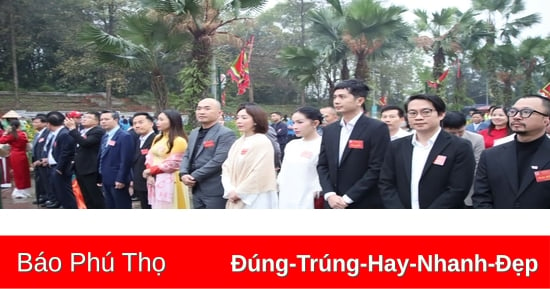
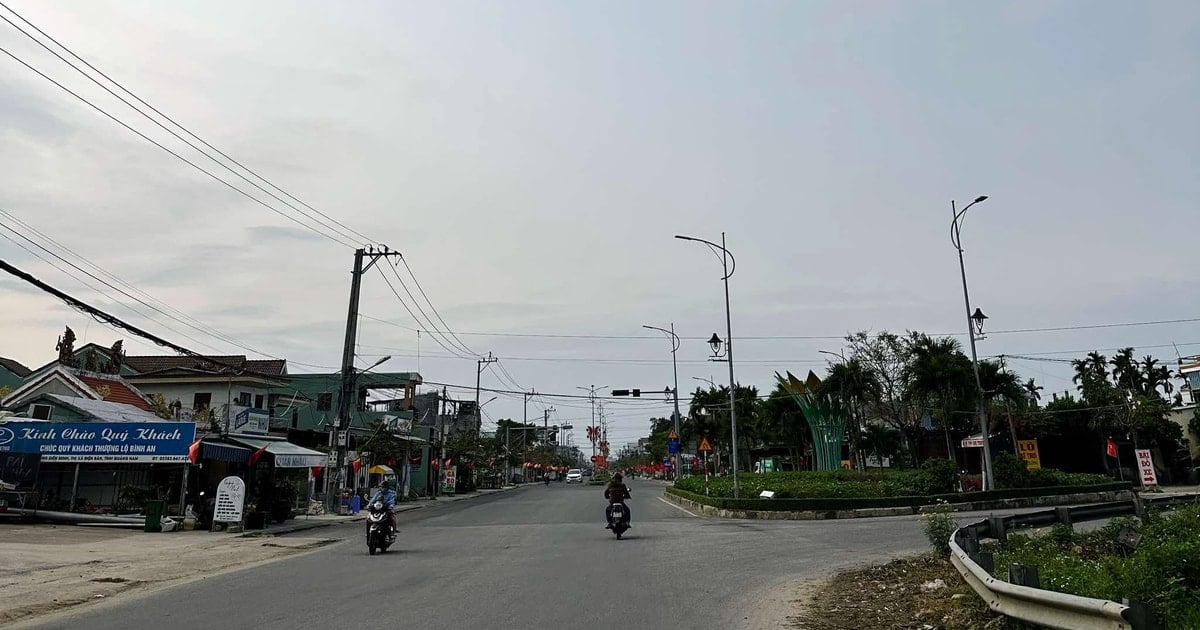
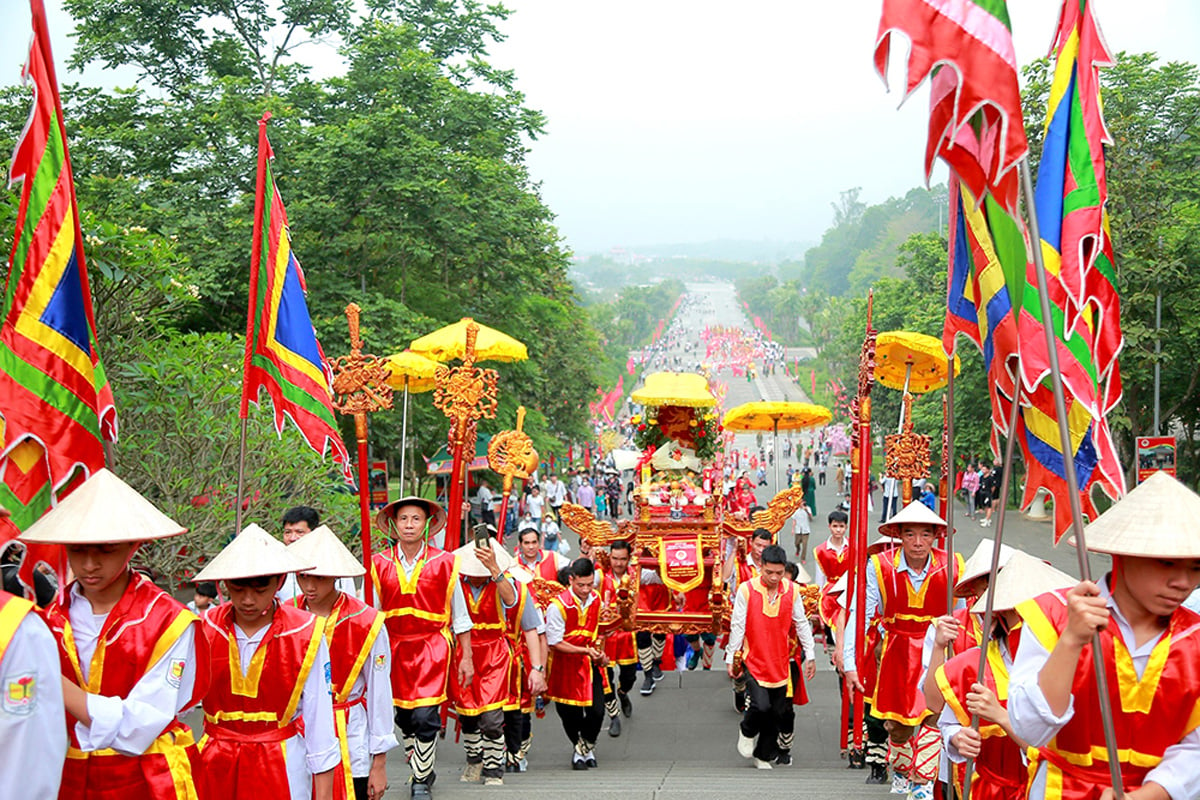

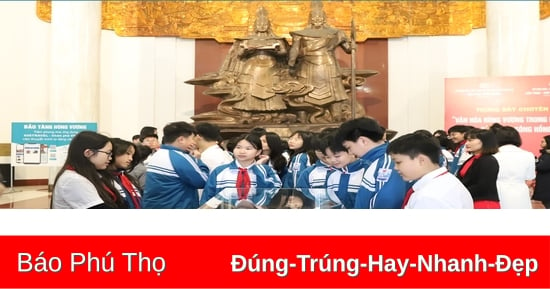
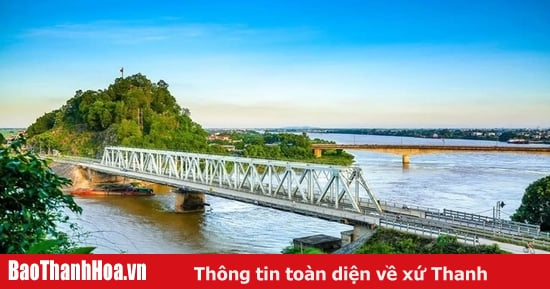

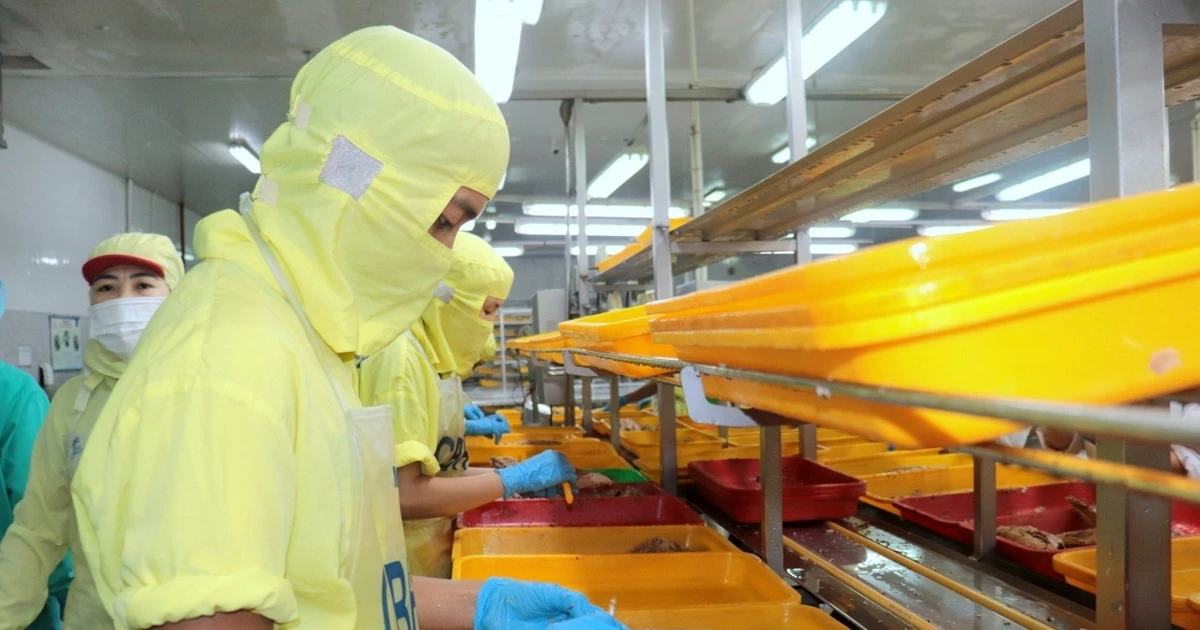

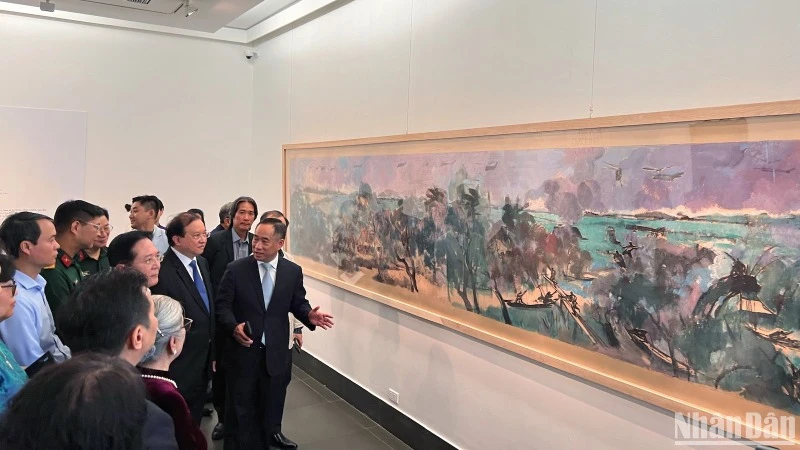
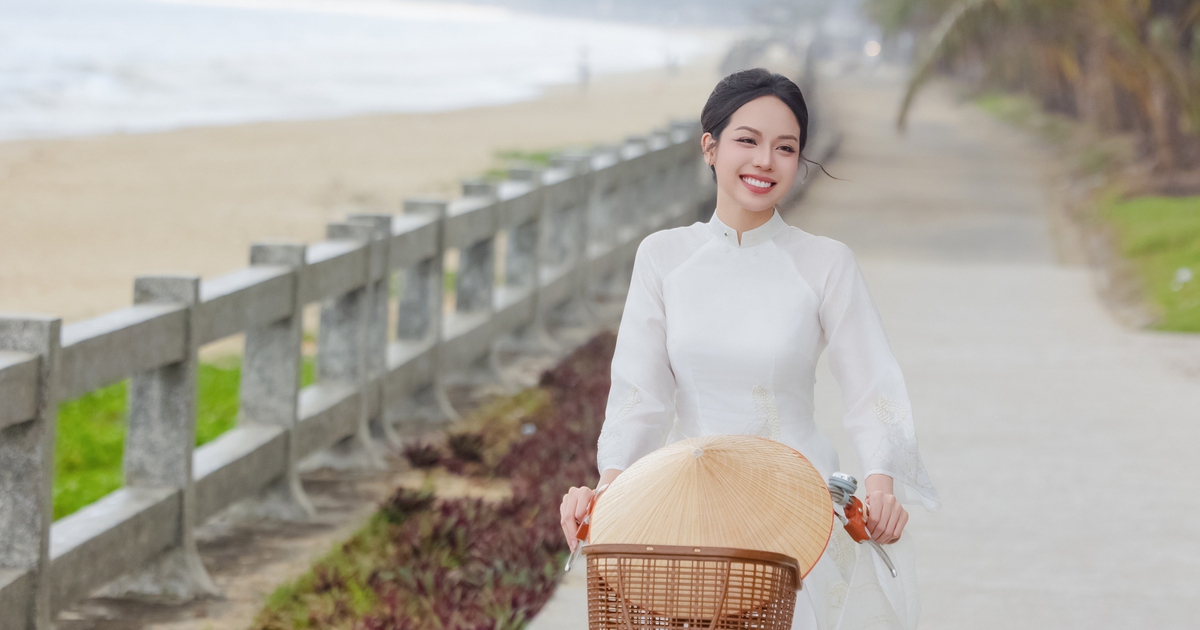
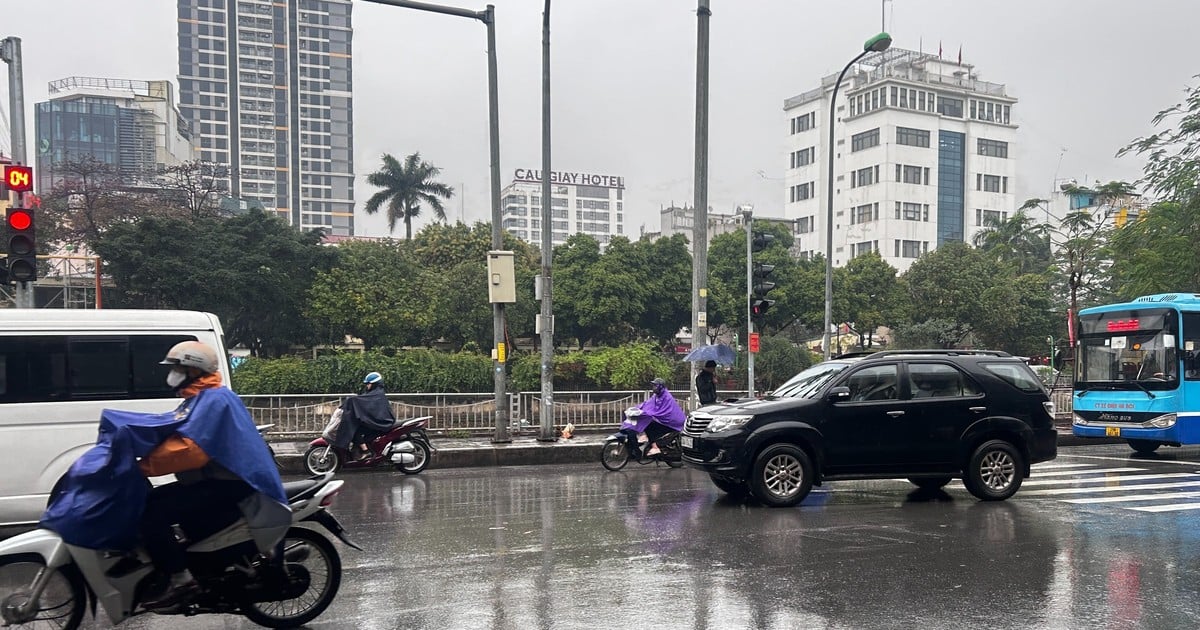
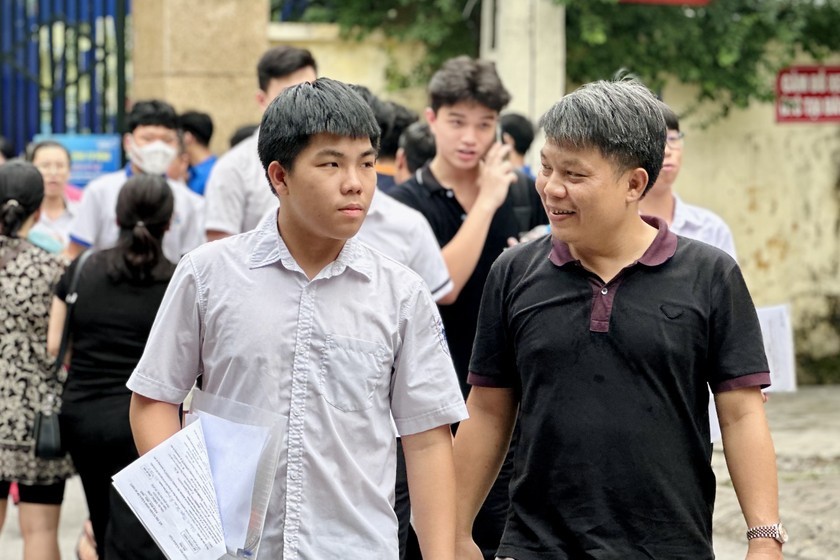



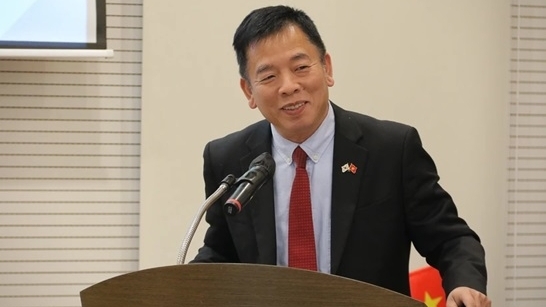
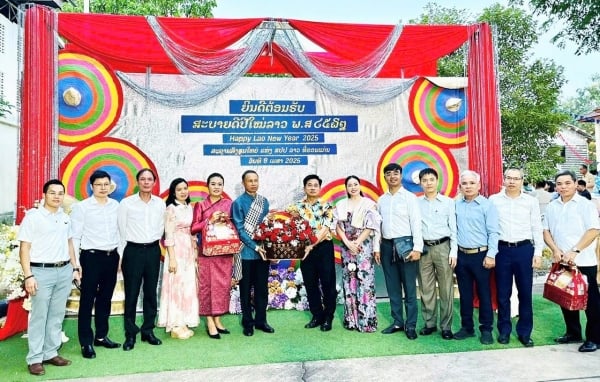


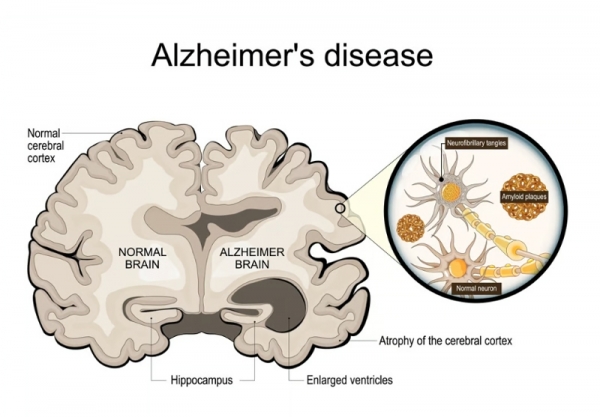

![[Photo] Summary of parade practice in preparation for the April 30th celebration](https://vstatic.vietnam.vn/vietnam/resource/IMAGE/2025/4/11/78cfee0f2cc045b387ff1a4362b5950f)










































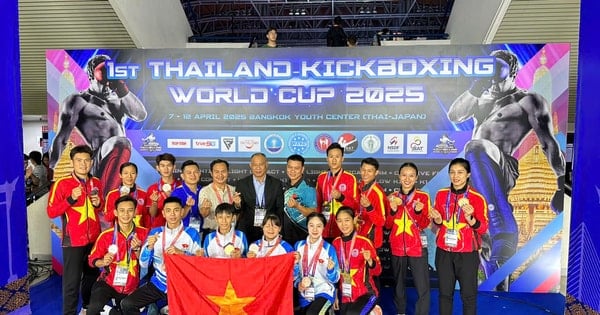

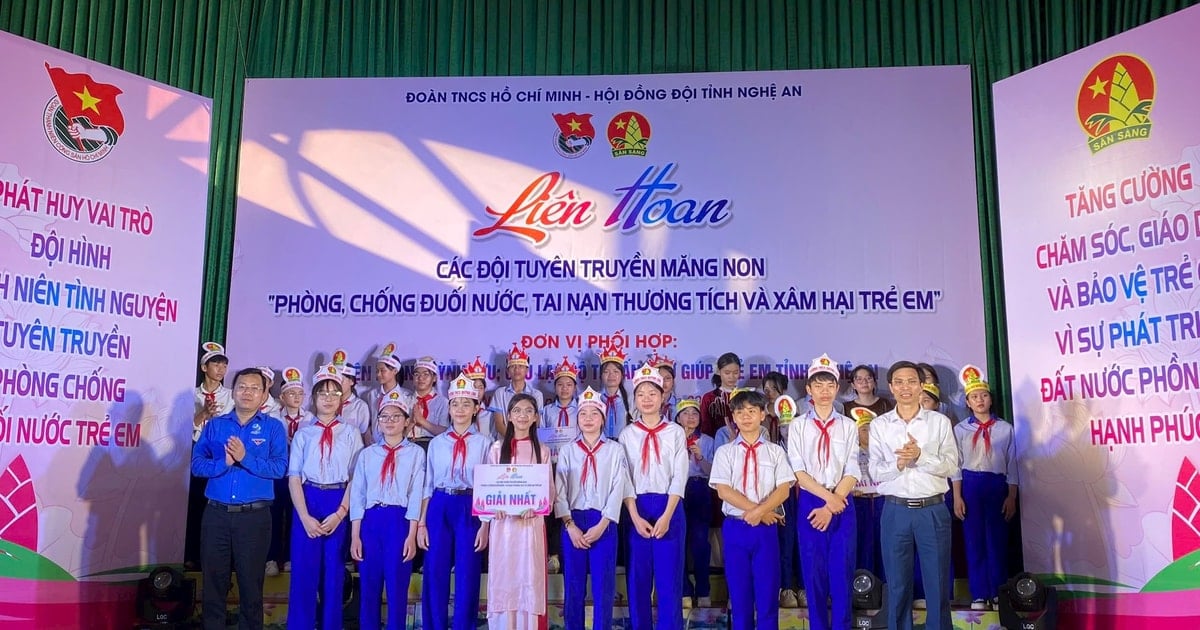

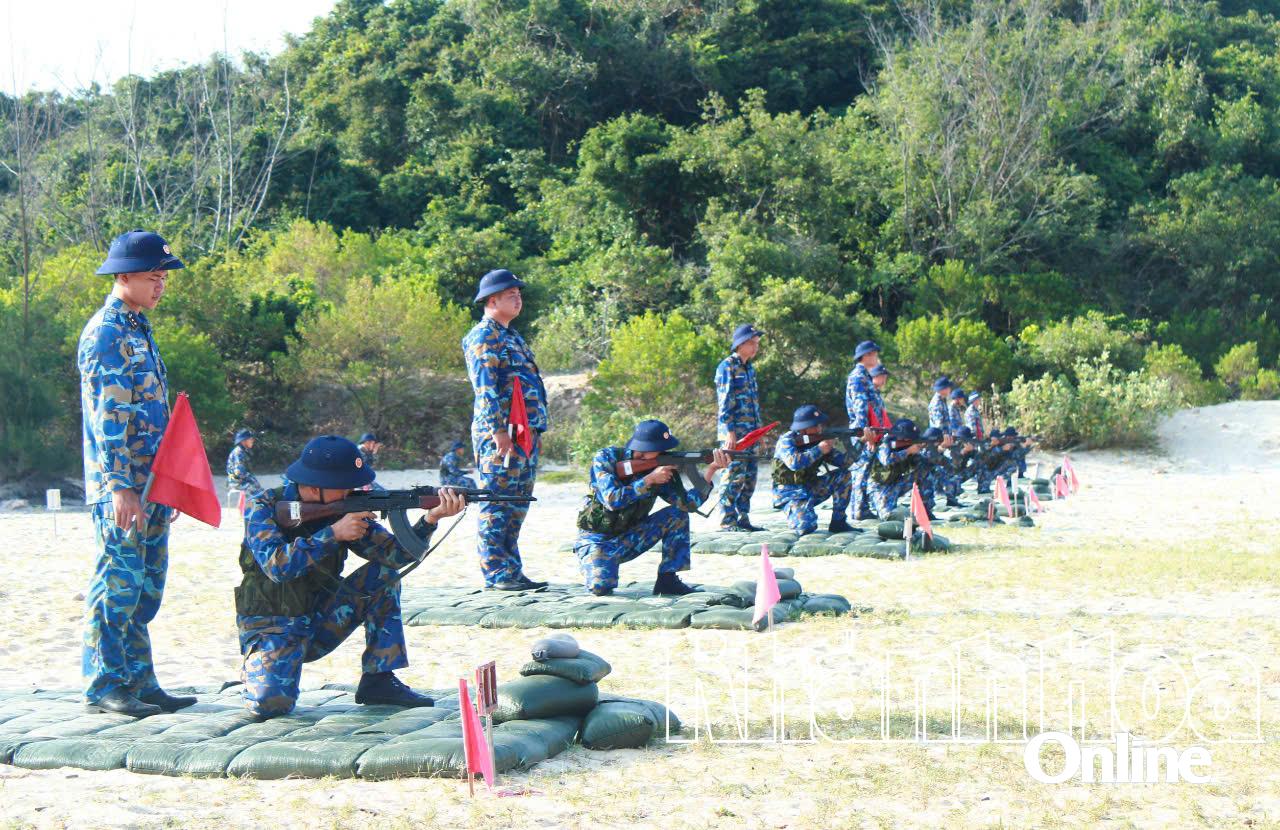

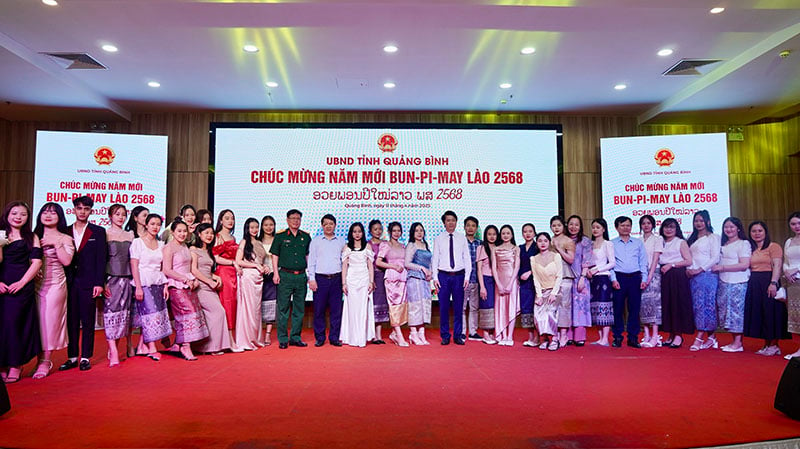

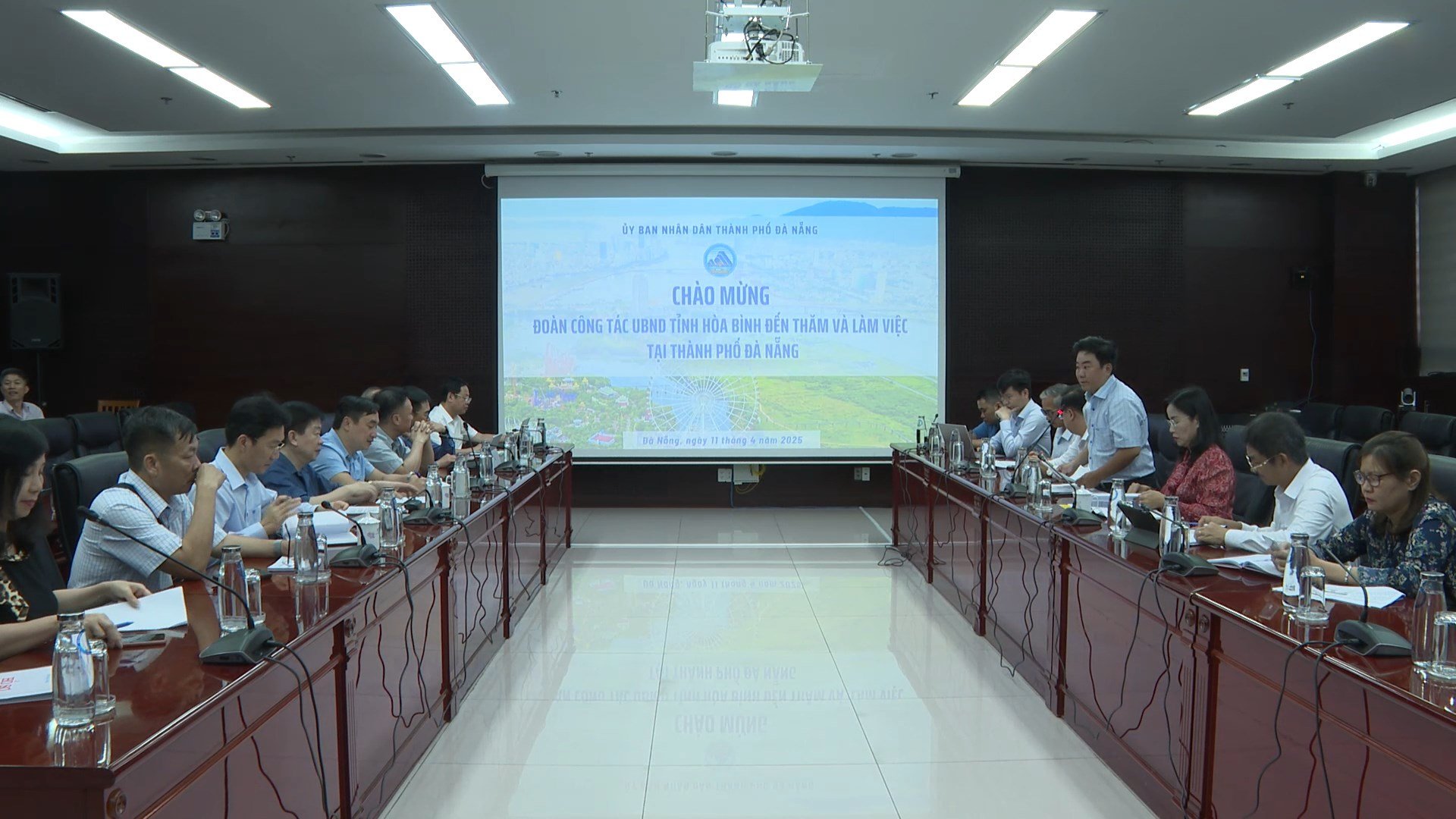









Comment (0)